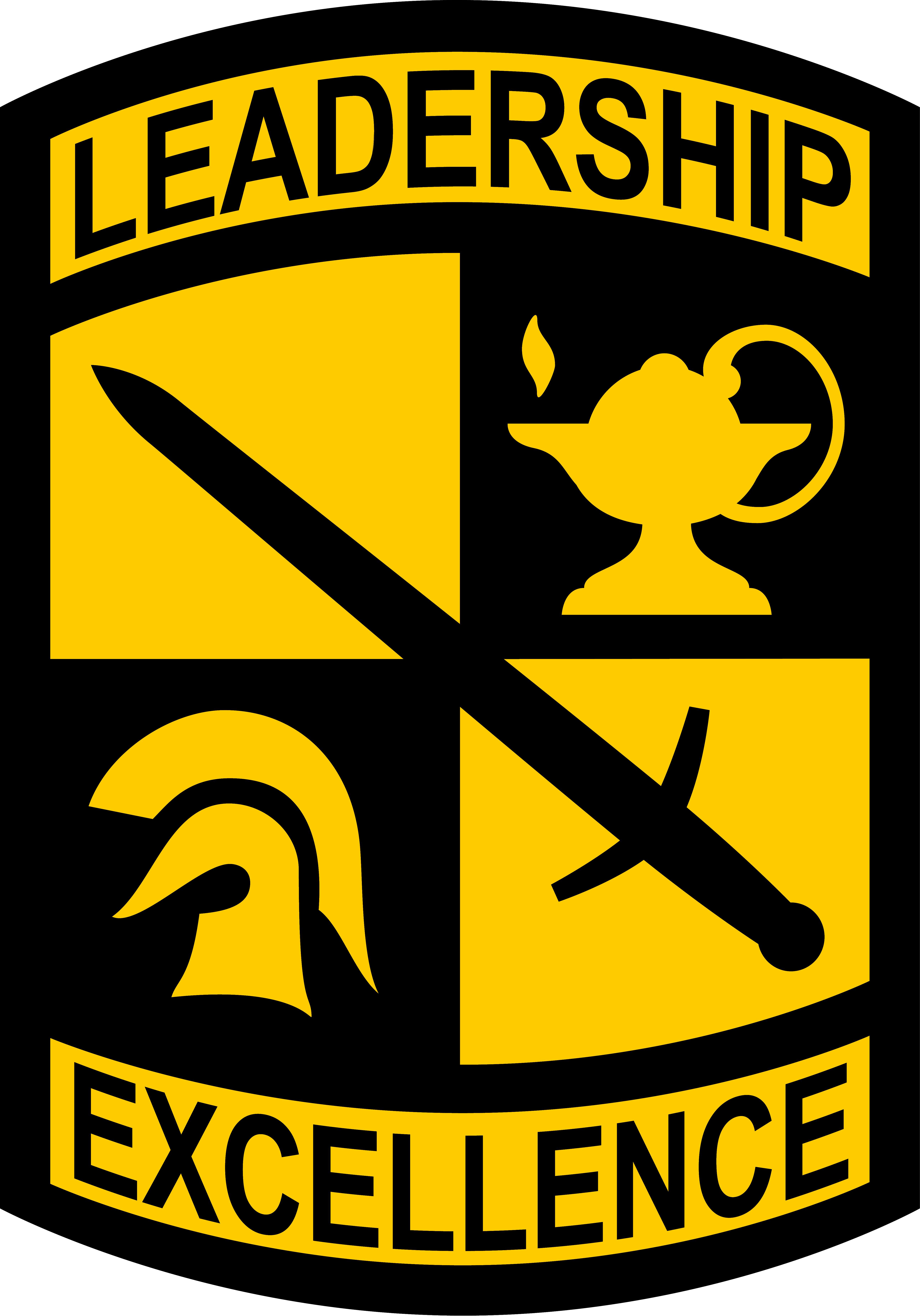What is Cadet Advanced Individual Training?
Air Assault School (AASLT)
U.S. Army Air Assault School is a 10-day course designed to prepare Soldiers for insertion, evacuation, and pathfinder missions that call for the use of multipurpose transportation and assault helicopters. Air Assault training focuses on the mastery of rappelling techniques and sling load procedures, skills that involve intense concentration and a commitment to safety and preparation.
Most Air Assault Cadets will attend Sabalauski Air Assault School, located at Fort Campbell, Ky. Training is broken into three phases, each lasting three days: Combat Assault Phase, Sling Load Phase, and Rappel Phase. On graduation day, Cadets will undergo a 12-mile rucksack march. When they complete the march, they will earn their wings as official Air Assault Soldiers.
Air Assault School is necessarily physically and mentally demanding, as Soldiers will be required to handle heavy equipment and perform dangerous tasks under extremely stressful conditions. Successful candidates must possess a keen eye for detail and a dedication to meticulous preparation.
Requirements:
- Applicants must meet height and weight standards outlined in IAW AR 600-9.
- Applicants must have one year service remaining on active duty upon completion of the course.
- All applicants must complete a 12-mile foot march within 90 days of the class start date and an obstacle course within 60 days of the start date.
- An equipment inspection must be completed by the home unit 30 days prior to the class start date.
Airborne School (ABN)
Becoming a paratrooper at Airborne School is a unique experience requiring special dedication and a desire to be challenged mentally and physically. This three-week course, also known as Basic Airborne Course, teaches Soldiers the techniques involved in parachuting from airplanes and landing safely. The final test includes a non-assisted jump.
The purpose of the BAC is to qualify the volunteer in the use of the parachute as a means of combat deployment and to develop leadership, self-confidence, and an aggressive spirit through mental and physical conditioning.
Airborne Soldiers have a long and distinguished tradition of being an elite body of fighting men and women–people who have always set the example for determination and courage. When you volunteer for this training, you accept the challenge of continuing this tradition.
Requirements:
- Commissioned Officer, Warrant Officer, Noncommissioned Officer, Enlisted personnel and qualified Cadet.
- Volunteer for the course.
- Be less than 36 years of age on ATRRS report date.
- Physically qualify for parachute duty IAW AR 40-501, Hearing Conservation Program Be prepared to pass the APFT with a score of 180 points (60 points per event) using the 17 to 21 year age-group scale as the standard, administered on day one of training.
- USMA Cadets must complete Cadet Basic Training.
- ROTC Cadets must be under scholarship or contracted.
- Enlisted personnel must have completed Basic Combat Training, OSUT, or other service equivalent training.
Army Mountain Warfare School (AMWS)
Mountain Warfare School is a 14-day course at Fort Ethan Allen, VT, designed to instruct students in Army operations in mountainous terrain. Graduates of the course get the E skill identifier as a Military Mountaineer. Mountain Warfare School is extremely rigorous.
Northern Warfare School (NWS)
Northern Warfare school is a two-week program of instruction at Fort Richardson, Alaska. The course provides students basic instruction on cold weather survival techniques, mountain and glacier climbing, navigation and river operations. Northern Warfare school is extremely rigorous.
Other Training Resources:
- Airborne School
- Air Assault School
- Air Assault School, Benning
- Army Mountain Warfare School
- Northern Warfare School
- Sandhurst Competition
Sandhurst Competition Program Manager can be reached at:
(502) 624-5953.

